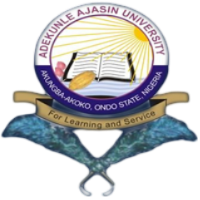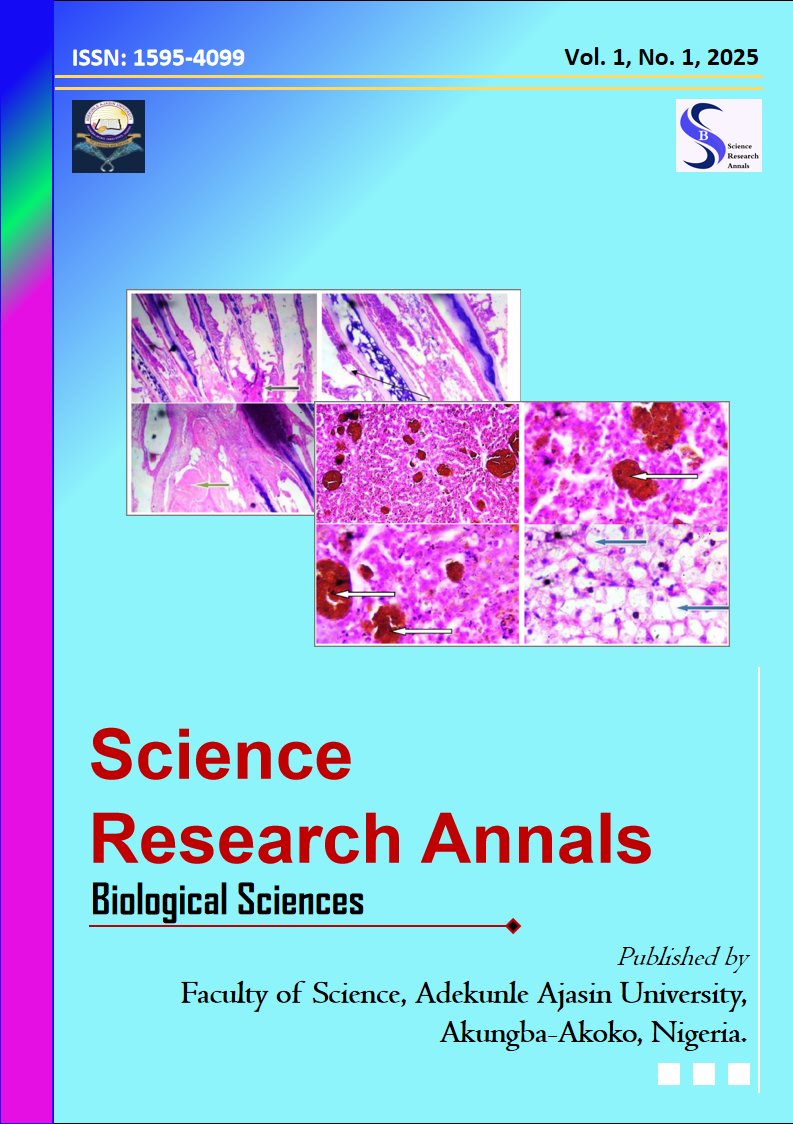Effect of orange-fleshed sweet potato vine and Calapogonium mucunoides on weight gain thermophysiological, reproductive and antioxidant responses of rabbit bucks (Oryctolgus cuniculus)
DOI:
https://doi.org/10.63112/m20kpc97Keywords:
temperature-humidity index, semen, antioxidantAbstract
This study was carried out to investigate the effect of feeding orange-fleshed sweet potato vine (PV) and Calopogonium mucunoides (CM) on growth performance, reproductive and antioxidant responses of rabbit buck, Oryctolgus cuniculus. Twenty-four, rabbit bucks (6 - 8 months old) with average weight of 1.25kg were allocated to 4 experimental diets comprising of only concentrate (Control), CM, PV and a combination of PV and CM (PVCM). The ambient temperature (AT), relative humidity (RH) were monitored to determine temperature - humidity index (THI) of the derived Savannah zone of Nigeria. Data on weight, reaction time (RTM), respiratory - rate (RR) and rectal temperature (RT) were obtained. Also, data on semen samples for sperm: motility, liveability, abnormality, concentration and semen volume were evaluated. Parameters on haematology, peripheral levels of testosterone, cortisol, catalase, sodium dismutase and glutathione peroxidise of the bucks were determined. Result of the experiment showed that THI was significantly higher (p<0.05) in the afternoon compared to the morning. RR in animals feed wholly concentrate feed (control) (192.83CPM) and CM (192.67CPM) increased significantly (p<0.05) in the afternoon compared to the morning contrary to those allotted to PV and PVCM. RT regardless of the period was not significantly different (p>0.05) among the bucks. Weight gain was significantly lower (p<0.05) in animals fed CM and PVCM. RTM was significantly longer (p<0.05) in animal allotted to PVCM compared to other groups. Bucks fed PV had significantly higher sperm’s volume, motility and liveability and lowest in abnormality (p<0.05). Glutathione peroxidise and catalase were not significantly affected by experimental treatments while sodium dismutase was highest (p<0.05) in animals fed CM. Testosterone was significantly higher in animals fed with PV while the highest level of cortisol was observed in those fed CM (p<0.05). In conclusion, there was no heat stress during the study; also PV and CM had no lethal effect on rabbit bucks' welfare, performance, semen and antioxidant parameters, hence both can safely replace or fed along concentrates without any negative effect.
Downloads
Published
Issue
Section
License
Copyright (c) 2025 SRA - Biological Sciences

This work is licensed under a Creative Commons Attribution-NoDerivatives 4.0 International License.



